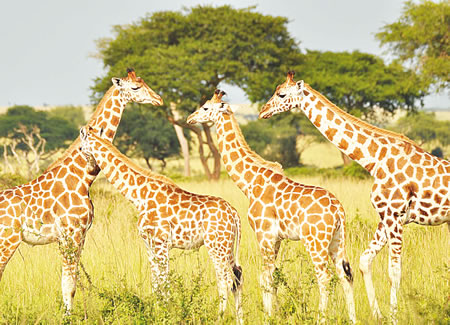Native to many African countries, a dramatic drop in giraffe populations over the past 30 years has seen the world’s tallest land mammal classified as vulnerable to extinction.
According to the International Union for the Conservation of Nature (IUCN), the species, which is widespread across southern and eastern Africa, with smaller isolated subpopulations in west and central Africa, has moved from Least Concern to Vulnerable due to a dramatic 36-40 per cent decline from approximately 151,702-163,452 individuals in 1985 to 97,562 in 2015.
The iconic animal has declined because of illegal hunting, habitat loss, poaching and civil unrest in many parts of Africa. Of the nine subspecies of giraffe, three have increasing populations, whilst five have decreasing populations and one is stable.
According to Dr Julian Fennessy, who co-chairs the IUCN giraffe specialist group, the creatures are undergoing a “silent extinction.
The rapid growth of human populations has seen the expansion of farming and other forms of development that has resulted in the fragmentation of the giraffe’s range in many parts of Africa. But civil unrest in parts of the continent has also taken its toll.
The IUCN Red List now includes 85,604 species of which 24,307 are threatened with extinction.
WATCH TOP VIDEOS FROM NIGERIAN TRIBUNE TV
- Let’s Talk About SELF-AWARENESS
- Is Your Confidence Mistaken for Pride? Let’s talk about it
- Is Etiquette About Perfection…Or Just Not Being Rude?
- Top Psychologist Reveal 3 Signs You’re Struggling With Imposter Syndrome
- Do You Pick Up Work-Related Calls at Midnight or Never? Let’s Talk About Boundaries







